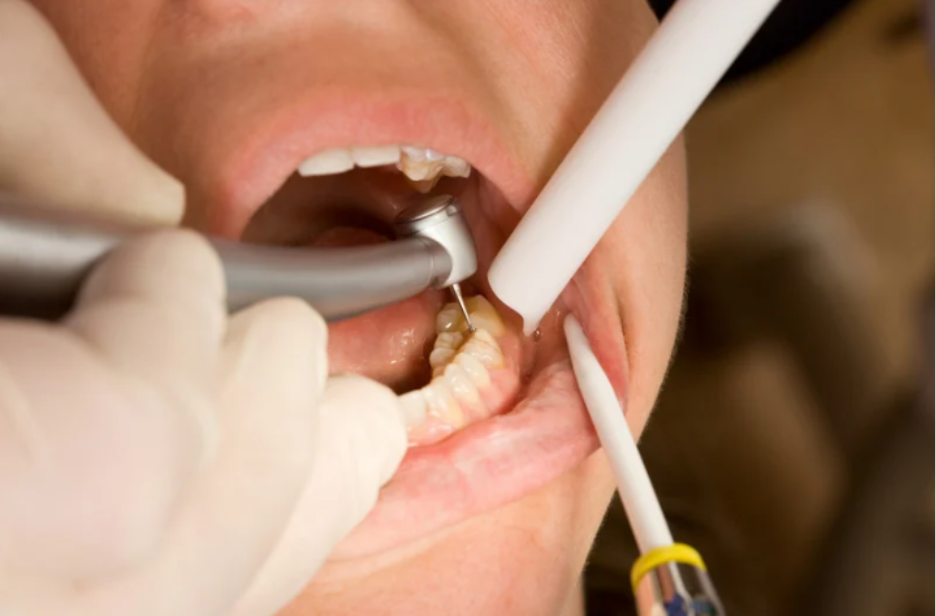

Cavities are one of the most common dental issues, but they don’t appear overnight. Understanding how long it takes for a cavity to form, and how quickly it can be treated, is key to protecting your smile (or your child’s) before minor decay turns into a major concern.
At Tribeca North Dentistry, we know that catching cavities early and addressing them quickly makes all the difference. This blog will walk you through the full cavity timeline, explain how long a cavity filling takes, and show you what to expect during treatment.
Most cavities begin as silent changes in the enamel. With the right habits, they can be slowed or even reversed in their earliest stage. Without care, though, they can progress more quickly than you might think.
The answer depends on several factors: oral hygiene, diet, genetics, saliva composition, and how consistently you visit your dentist. Generally, a cavity can develop over the course of several months to a few years.
Preventive care and routine checkups help us detect cavities long before pain or damage sets in. If you’re a parent, you might also want to read our blog on Preventing Childhood Cavities for tips on how to minimize your child’s risk from the start.
Once a cavity has been diagnosed, the good news is that treatment is fast and effective especially if caught early.
In most cases, 30 to 60 minutes is all it takes to complete the procedure, depending on the size and location of the cavity.
Wondering how long a cavity filling takes and what the process looks like? Here’s a quick step-by-step overview:
We numb the area to ensure a completely pain-free experience.
Your dentist removes the decayed portion of the tooth using precision tools.
We clean and prep the cavity space to ensure proper bonding.
A tooth-colored composite resin is layered and cured with a special light.
We refine the filling to match your natural bite and give it a smooth finish.
Total Time: 30–60 minutes, usually completed in a single visit.
Afterward, you can return to most normal activities right away though we may advise avoiding chewing on that side of your mouth until the numbness wears off.

It’s easy to delay care when you’re not in pain but cavities don’t get better on their own. Left untreated, they can spread quickly and lead to:
Getting a small filling now can prevent larger (and more expensive) treatment later.
Not sure whether you need a filling? Watch for these signs:
Of course, many cavities don’t show symptoms at all which is why we recommend regular dental checkups every six months.
The best cavity treatment is prevention. Here’s how to keep your smile protected:
If you’ve been wondering:
Cavities don’t form overnight, but once they start, they can quickly become more than just a minor inconvenience. Understanding the timeline of decay and the simplicity of early treatment empowers you to take control of your oral health before problems escalate. At Tribeca North Dentistry, we believe that great care starts with education, empathy, and a commitment to prevention. Whether you're caring for your own smile or your child’s, our team offers expert, compassionate treatment in a calm and welcoming environment, right here in New York City, with locations in Tribeca, the Upper East Side, and Quogue.
Schedule your appointment today, and let’s work together to protect your smile, one confident, cavity-free step at a time.